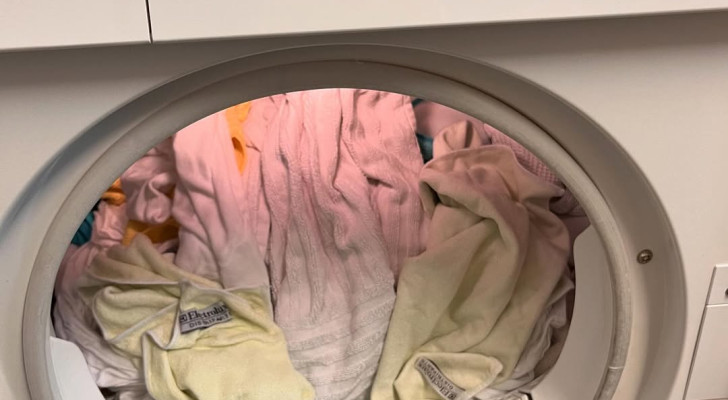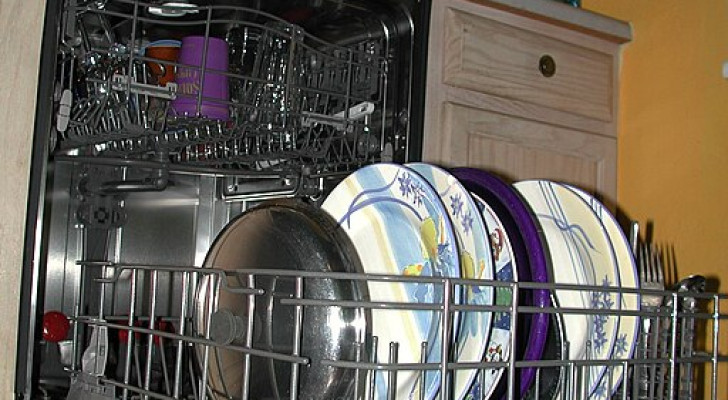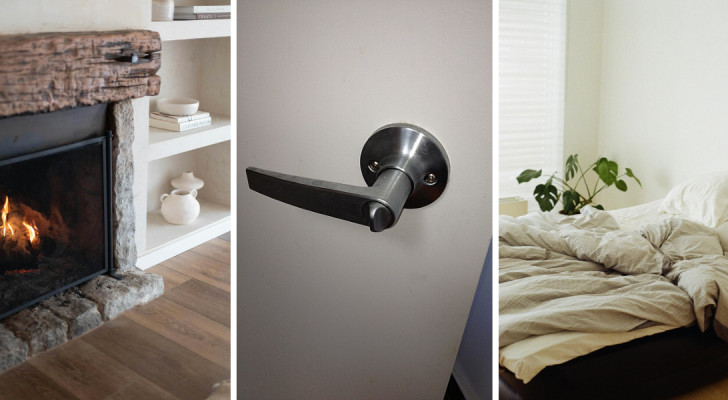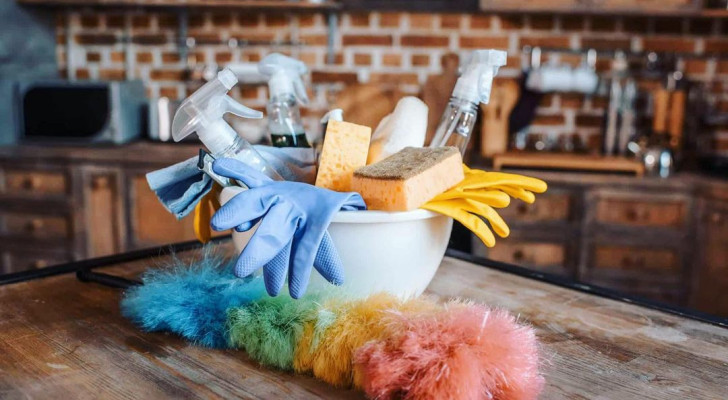Bleach: why and how to use it for daily cleaning chores

Bleach has proven itself to be a valuable resource for household cleaning, effectively tackling dirt, stubborn stains, and mold in all areas of the home. However, it demands cautious handling, ensuring it stays out of reach not only of children but also away from pets, as the fumes may trigger allergies and skin irritations.
Let's explore where bleach use is beneficial, how to use it safely, what substances never to mix it with, and alternative products, if needed.
Why and where to use bleach
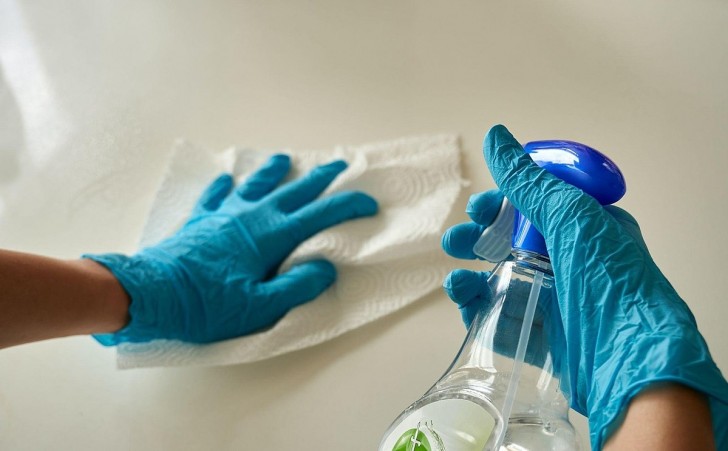
BEtech4856/Wikimedia Commons - ATTO CC BY-SA 4.0
Bleach is a very useful product for household cleaning. As a strong detergent and disinfectant, it's practical to use it in all areas, but it's crucial to be cautious and dilute it with water first. Let's explore how to use it in the bathroom, kitchen, and for laundry.
Bathroom: Suitable for all surfaces, bleach is very useful for disinfecting the toilet, cleaning tiles, and removing dirt in the shower. It's advisable to let the bleach act for a while once applied, allowing it to dissolve mold and dirt, and then rinse it off with hot water. We can also use it on walls, in diluted form, to eliminate any moldy stains that may form in the bathroom.
Kitchen: Here, bleach can be used on all non-porous surfaces. If in doubt, however, it's advisable to test its application in hidden spots before applying it to the entire surface to be cleaned. Importantly, it should always be diluted in water to avoid being too aggressive. Useful for cleaning the refrigerator, bleach is excellent for eliminating unpleasant odors from the fridge compartments.
Laundry: Famous for its whitening properties, bleach can be used to pre-treat stained garments, especially white ones, and it can also be added to the wash - as long as the quantities used are not excessive.
The correct use of bleach
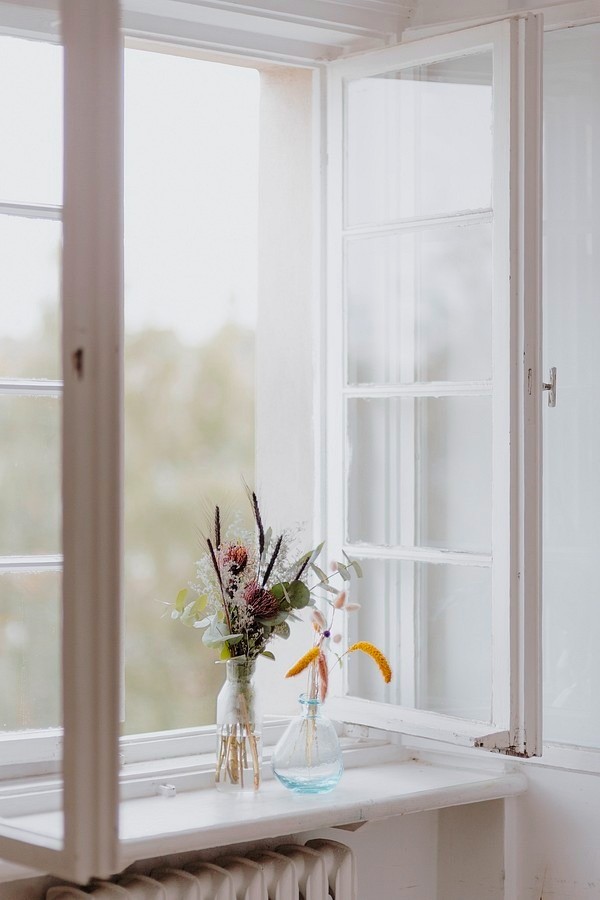
Rawpixel
We've seen that bleach has many effective uses, but since it's a rather aggressive product, it's essential to know how to use it correctly to avoid unpleasant mishaps.
Open the windows: Before using bleach, it's always advisable to open the windows so that the affected room is well-ventilated, preventing the accumulation of bleach vapors. This way, there won't be any potential health risks.
Use gloves: To guard against an allergic reaction or burns, always use gloves when handling bleach.
Always dilute with water: Since bleach maintains its properties when mixed with water, it's best to dilute it to prevent surfaces from getting damaged or stained.
Never mix it with hydrogen peroxide: Hydrogen peroxide and bleach don't "get along" - these two substances, when combined, can result in harmful gases like chlorine and chloramine being given off. Therefore, it's crucial to be careful never to let them interact. This applies not only to pure bleach but also to other hygiene products that contain a small quantities of bleach.
Bleach substitutes
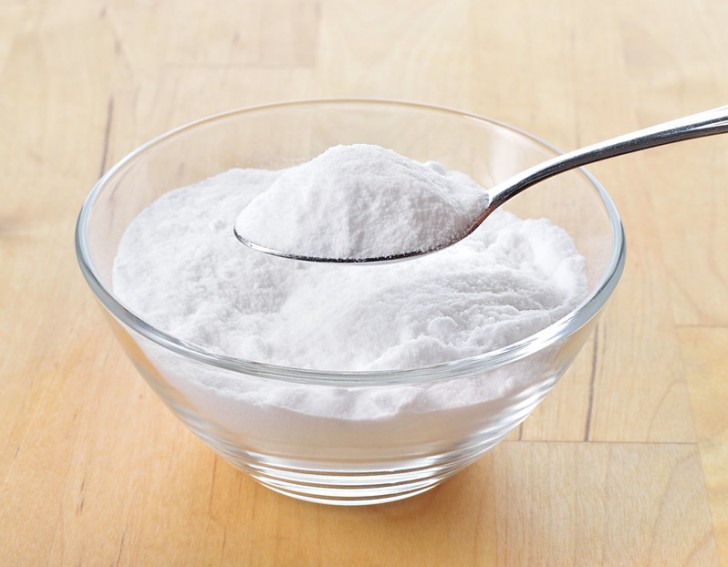
So, while bleach is an excellent product, it must be handled with care. If, for various reasons, you prefer not to use bleach, then you can subsitute it with other natural products.
Baking soda, for example, is one of the best substitutes for bleach, along with white wine vinegar. These products whitening and disinfectant properties make them perfect for cleaning dirt and stains without necessarily resorting to bleach-containing products. Whether used neat or mixed with water, they can create compounds that, like bleach, help us keep our home perfectly clean.
Do you usually use bleach, or do you prefer using other products to clean and disinfect your home?
